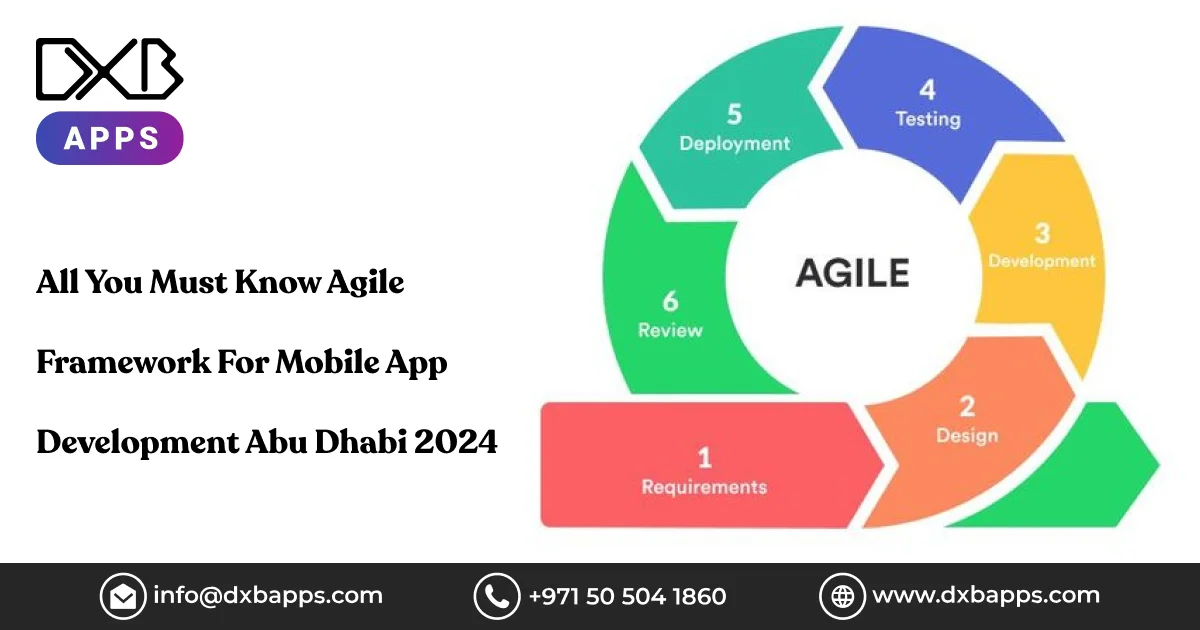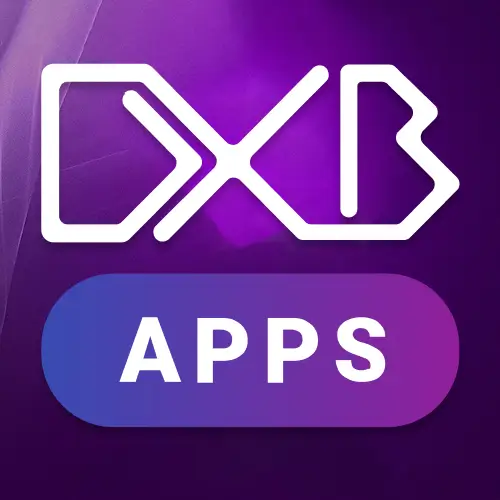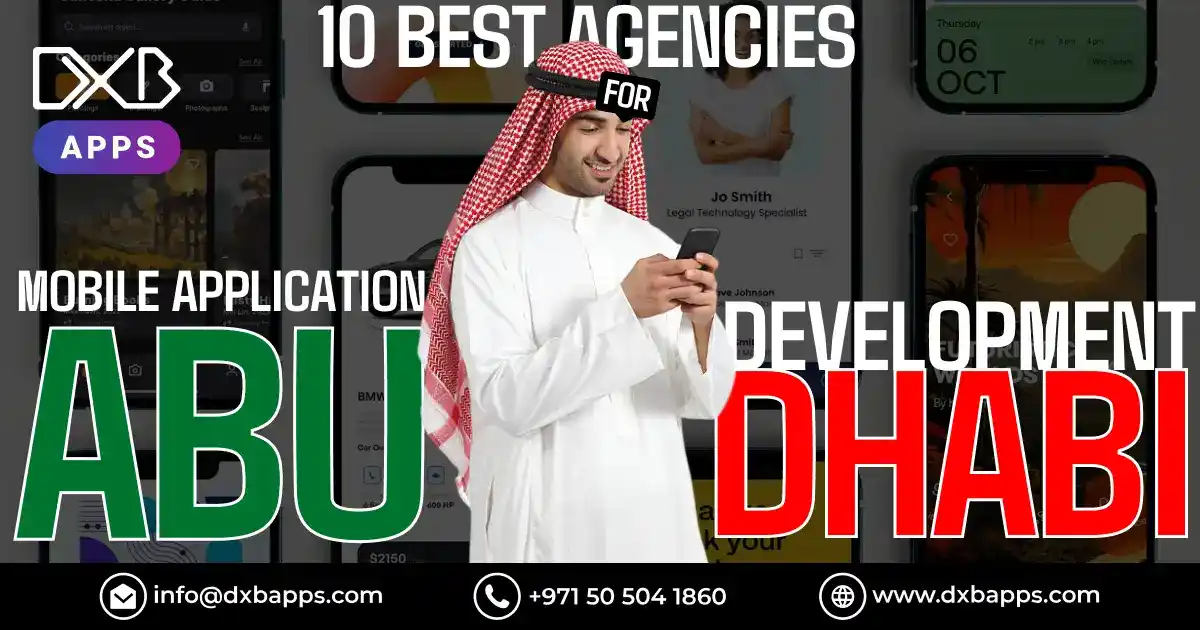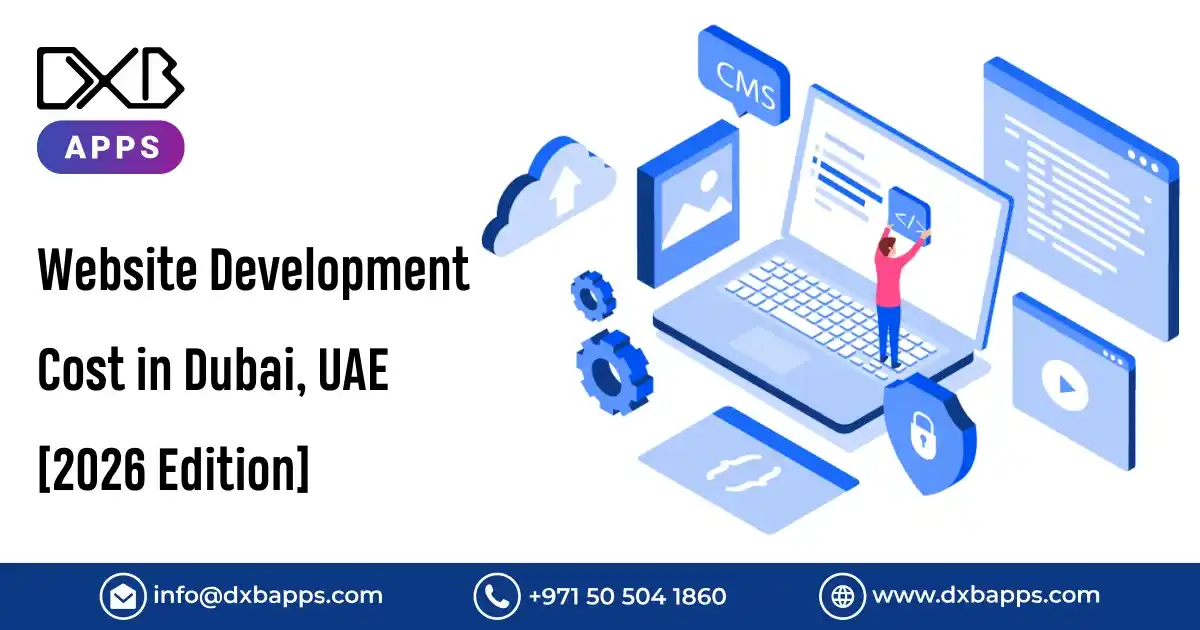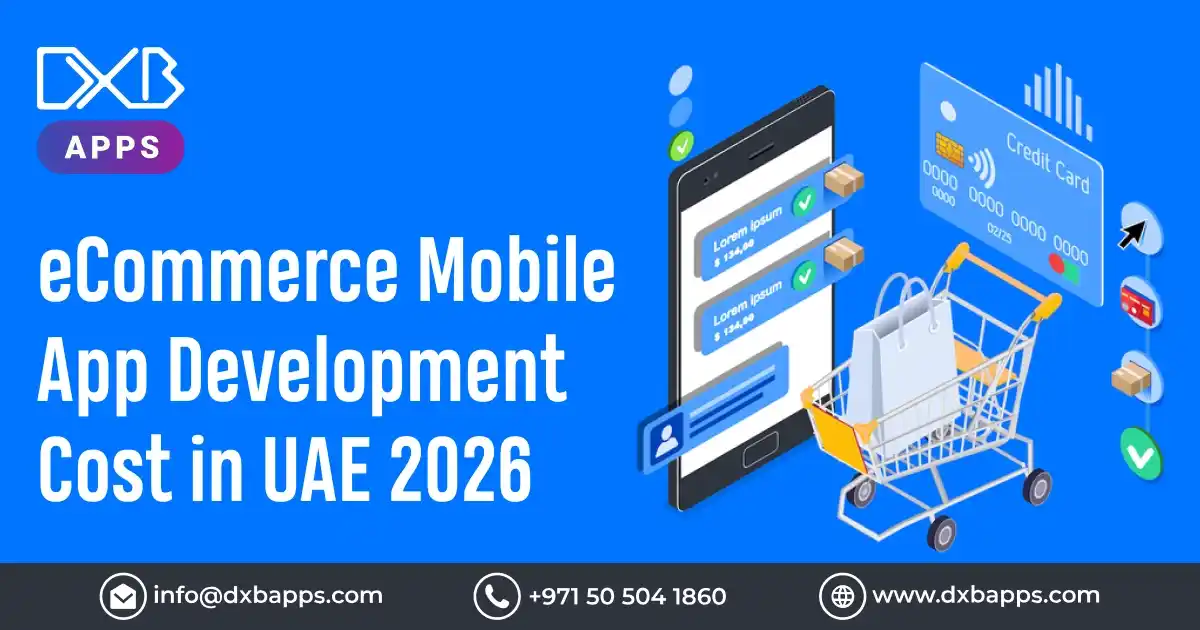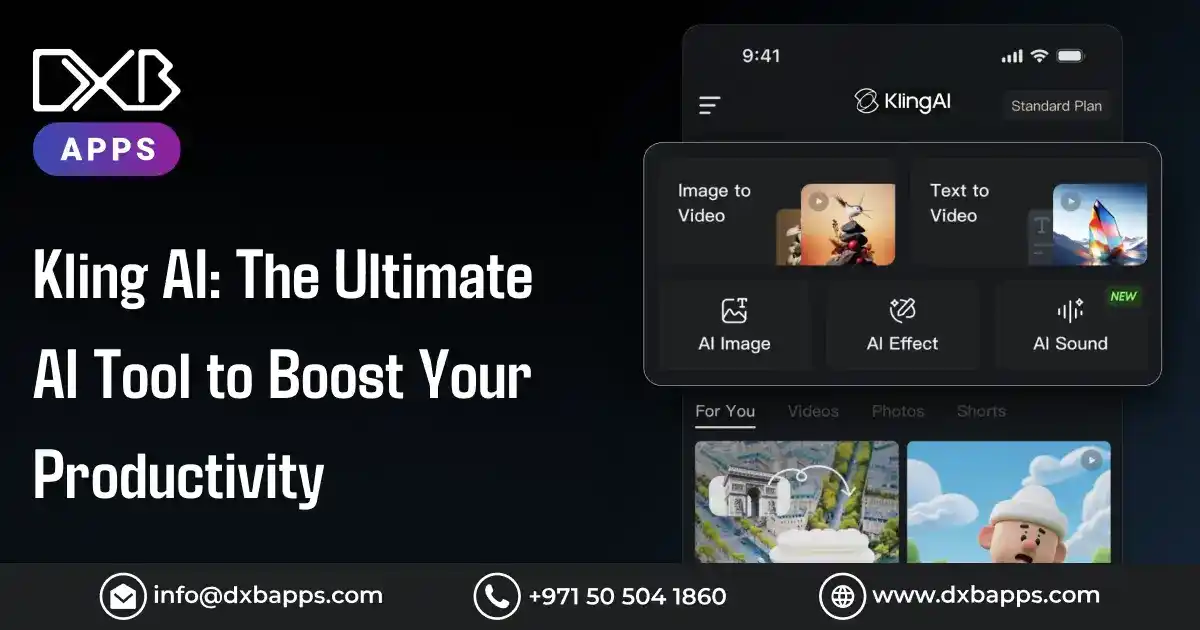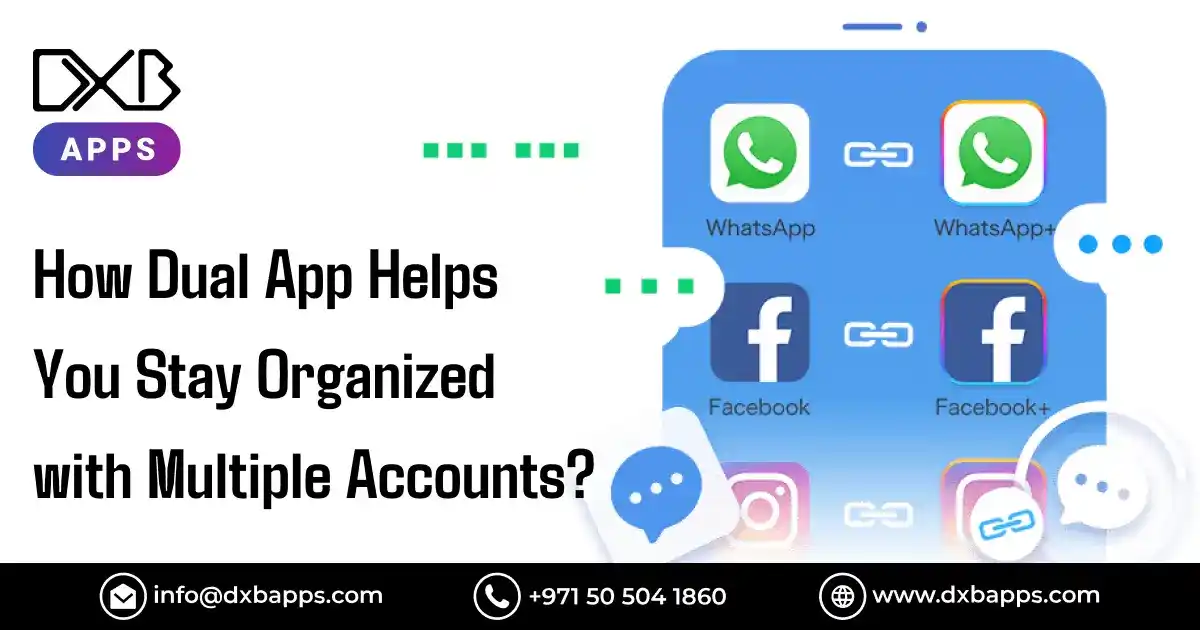It is a fast-growing industry, and this means that new ideas for the business are bound to emerge, and thus the need to be prepared. The mobile app development Abu Dhabi teams need to work and perform well in an environment that is still very competitive and demands new solutions that can help companies evolve.
Mobile application development can be better performed depending on the methodology or framework, and one of the best frames for this type of development is the Agile Framework. As discussed in this comprehensive guide, let us break down all the basic information you need to know about the Agile Framework as well as Agile project management. The following writing will pinpoint into discussing the advantages of employing the Agile Framework for app development Abu Dhabi, the agile project management methodology, well-known agile approaches, and the agile development principle, as well as values.
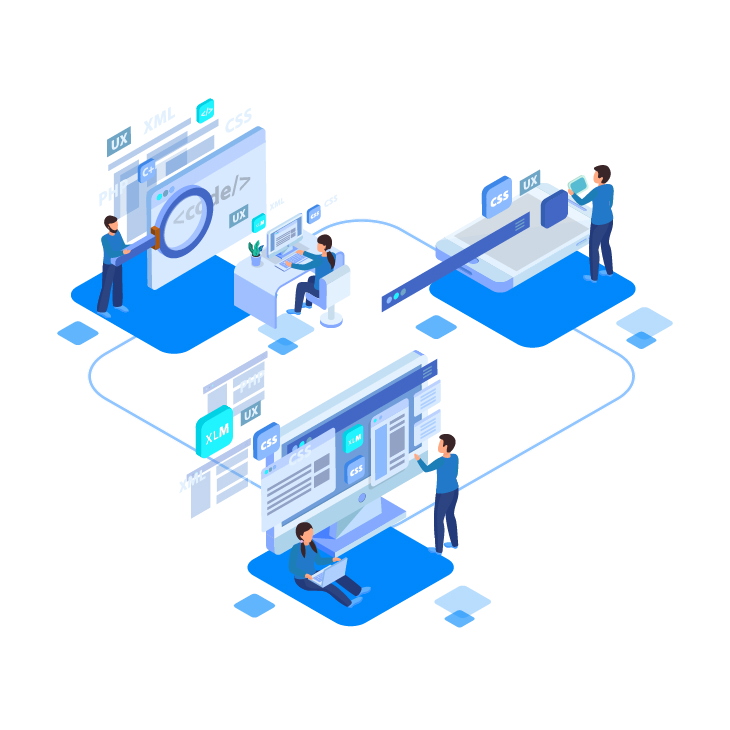
Comprehending the Agile Framework
The Agile Framework is therefore a framework, that is, collaborative, adaptable and iterative s android development abu dhabi and iOS app development abu dhabi that stresses on continuous progress. The use of it helps the development teams provide high-quality software in less time and in the most efficient manner, at the same time allowing them to respond to the requirements and conditions in a specific market and the desire and needs of the customers.
The Foundation Of The Agile Framework Is Four Core Values
People and interactions over procedures and equipment:
This value highlights how crucial human interaction and communication are to the software android development abu dhabi and ios development abu dhabi process. It pushes groups to put in-person interaction and communication ahead of inflexible procedures and equipment.
Working software over thorough documentation:
This value prioritises meeting customer needs through the delivery of functional software over the creation of copious documentation. Put simply, produce software rather than wasting time on unrelated chores that don't directly affect deliverables.
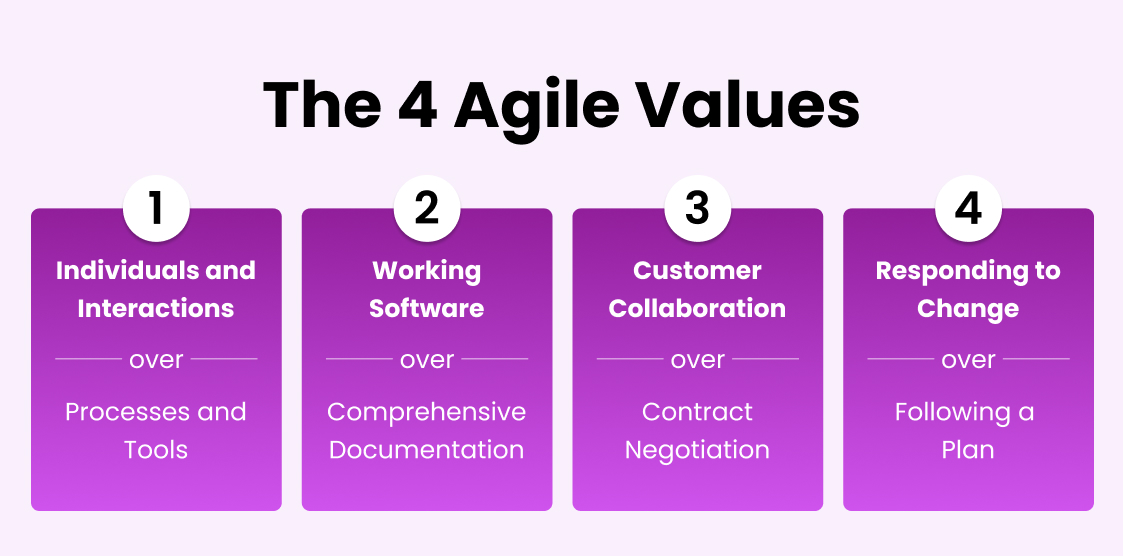
Discover the benefits of the Agile framework in mobile app development. Get in touch with our experts to start your project now!
Collaboration with customers throughout contract negotiations:
Teams are encouraged to work together with clients at every stage of the development process. Working together can make it easier for everyone to establish requirements, prioritize activities, and make necessary adjustments based on input from customers.
Adapting to change rather than sticking to a plan:
Being adaptable and flexible to shifting client and market demands is the core of agile development. Teams are encouraged to welcome change and to keep refining their software and procedures to adapt to new needs.
The Methodology of Agile Project Management
According to principles of Agile Framework, the above stated Agile project management process is an incremental and iterative approach in software development. It is important to note that undertaking market change and customer needs means that development teams can deliver high quality software more efficiently.
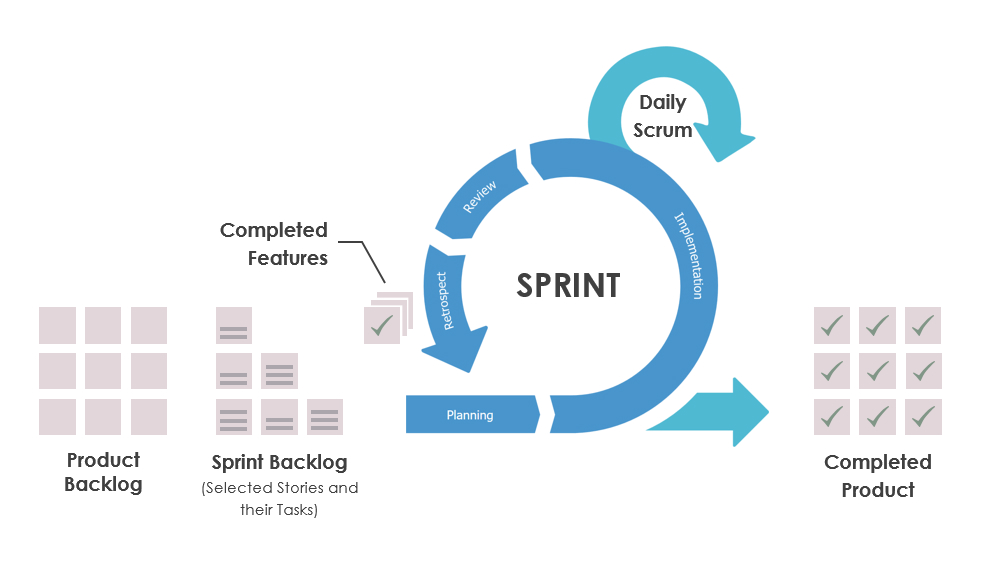
The following steps make up the traditional Agile project management process:
Planning Stage
The group determines the project's needs and objectives and develops a strategy to meet them. Usually, this strategy is divided into smaller, easier-to-manage tasks.
Stage of Development
Groups work to implement the plan while they create the software. Usually, this process is completed in brief iterations called sprints, where each iteration yields a functional piece of software.
Stage of Testing
It is necessary to test the software to make sure it satisfies the specifications and performs as intended. Every iteration is tested before going on to the next in the development process, which is normally done throughout.
Review Stage
The Agile Framework places a strong emphasis on the necessity of team reviews to pinpoint areas in need of development. Usually, this evaluation is completed at the conclusion of each iteration. Here, ongoing process and software improvement is the aim.
Well-liked Agile Project Management Techniques for Developing Mobile Applications
Teams can produce software using a variety of Agile project management approaches found in the Agile Framework. Like most other Agile methodologies, there are pros and cons of using every Agile project management approach. It is important for the teams to decide and define the kind of methodology to be adopted depending on the required standards.
The following are some instances of agile project management techniques that are frequently applied in the development of mobile applications:
Scrum
Scrum is a well-liked Agile project management style built around the ideas of inspection, transparency, and adaptability. The purpose of the crafted framework is to help the teams in creating good quality software in the short time frames called sprints. In particular, communication within the team is one of Scrum’s core tenets, with daily meetings and regular retrospectives to identify where things may be failing.
Lean
The key objectives of the Lean Agile project management are to provide iterative improvement, to deliver the maximum value to the customer, and create a minimal amount of waste. It helps teams to identify and eliminate wastage at all levels of SDLC where different levels refer to the phases of the software development life cycle.
Lean management emphasizes continual improvement and helps give value to the consumer by providing metrics to track advancement.
Kanban
Principles related to restricting work in progress, controlling flow, and displaying work are central to the Kanban methodology. The methodology facilitates better workflow throughout the project by assisting teams in managing and visualising their work. Kanban also recognizes the value of ongoing development by using retrospectives to pinpoint areas in which teams may improve.
Agile Framework's Advantages for Developing Mobile Apps
Teams developing mobile apps can benefit from the Agile Framework in a number of ways, including:
-
Enhanced cooperation and correspondence
-
Increased adaptability and flexibility
-
Quicker time to market
-
Decreased chance of project failure
-
Enhanced contentment among clients
The Agile Framework is now the recommended methodology for developing mobile apps because of these advantages.
Agile Development Methods for Mobile App Development
A mentality shift and an openness to change are necessary when utilizing Agile in the development of mobile apps. The following ten steps will assist you in successfully using the agile framework:
-
Your mobile app project's needs and goals should be clearly stated.
-
To learn Agile and become accustomed to the concept, start small with a doable assignment.
-
Gather testers, designers, developers, and the other specialists and contributors into a meeting to apply your preferred frameworks like Scrum, Kanban, Lean, and use Agile tools.
-
This means that the consumer should be taken through some processes that enable him/her to be involved in the development process to meet expectations.
-
Ensure that there is frequent communication between members in the team, probably through periodical meetings.
-
Make sure to offer functional software in brief iterations.
-
Make sure the backlog is regularly updated to match the objectives and specifications of the project.
-
Utilize metrics to track development and pinpoint areas in need of improvement.
-
Motivate your group to evaluate their work on a regular basis and decide how to make the upcoming phases better than the ones that came before them.
-
You may experience the advantages of the Agile Framework and successfully apply Agile to the development of mobile apps by following these ten steps.
Typical Agile Implementation Mistakes and How to Avoid Them
While there are numerous advantages to using Agile development, teams developing mobile apps may run into a few frequent hazards when doing so. The following are some of the main causes of Agile team failures:
-
Absence of backing from upper management
-
Clarity about duties and tasks is lacking
-
Ineffective dialogue
-
Insufficient instruction
-
Incapacity to adjust to changes
Teams must prioritize gaining senior management buy-in, make sure that each member's tasks and responsibilities are clear, place a strong emphasis on communication and in-person meetings, and avoid these common mistakes.
DXB APPS - Your Partner in Agile Mobile App Development
If you are looking for the most renowned App Development Company Abu Dhabi then without any doubt DXB APPS is the one considered to be the leading firm with team of experts utilising agile frame strategy applied in the Mobile app development Abu Dhabi. By involving the team of professional developers business owners will be guaranteed to get all the relevant best applications built to fit their business needs.
Conclusion
Agile development is a powerful paradigm that provides several advantages for mobile applications. This entails better customer satisfaction, decreased project failure risk, quicker time-to-market, increased flexibility, and improved teamwork.
Teams can provide high-quality software that satisfies consumer objectives and adjusts to shifting market demands by utilizing Agile in mobile app development Abu Dhabi.
FAQs:
Which framework of Agile is used in the process of the development of mobile apps?
The Agile framework is another project management style that is undertaken within a team and focuses on flexibility, integration, and timely and high-quality software development.
How does Agile raise the caliber of apps?
Agile enhances app quality by finding and fixing problems early in the development process through continuous testing and iteration.
What makes Agile a superior approach to handling shifting priorities?
Because of its flexibility and adaptability, agile is better at handling shifting priorities since it enables teams to modify the project scope in response to fresh data and input.

